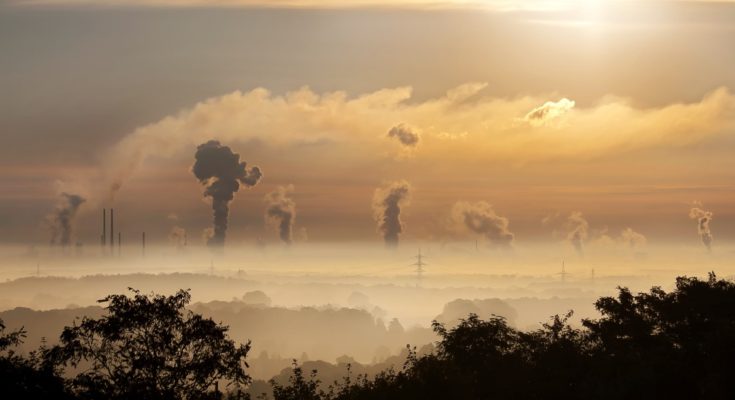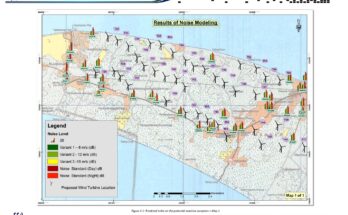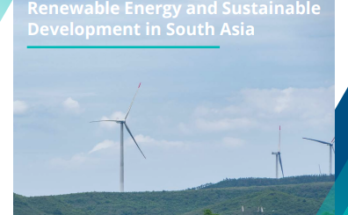As most of the south and south east Asian countries are battling it hard against the air pollution, the effectiveness of this battles are affected by the knowledge gap about the seriousness of this issue, a report says.
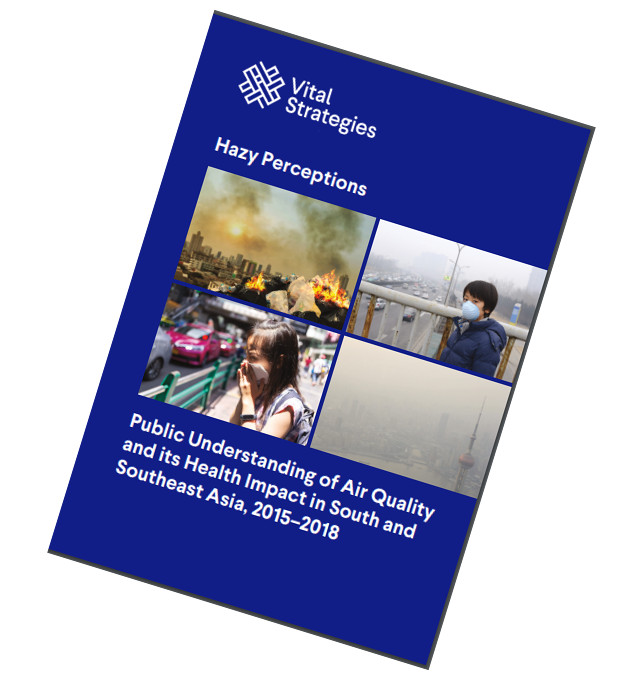
The Report “Hazy Perceptions” is a study done by Global Health Organization Vital Strategies and it analyzes over 500000 content circulated in news and social media from 11 South and South East Asian countries over a period of three years. Even though the air pollution alone is responsible for more than 1.5 million deaths each year in South and Southeast Asia the public understanding of its major causes and the most promising solutions is at a very poor level, the report suggests.
During this study the Vital Strategies team had scanned news and social media content from India, Sri Lanka, Nepal, Philippines, Papua New Guinea, Indonesia, Thailand, Malaysia, Singapore, Mongolia and Pakistan from January 2015 to October 2018.

Daniel Kass, Senior Vice President for Environmental Health at Vital Strategies
“Public demand for good air quality is essential, but our report demonstrates that demand may be focused on the wrong interventions,” said Daniel Kass, Senior Vice President for Environmental Health at Vital Strategies in a news release issued by the Vital Strategies. “It is critical that governments adopt clean air policies and that industries reduce emissions. ‘Hazy Perceptions’ can help us understand how to ensure citizens know more about the risks of chronic air pollution and the main culprits causing it, so people can push for the right kind of change. The analysis provided by this report also establishes an important baseline for measuring progress.”
The study had been carried out with three main objectives,
- Who is most influencing the conversation on air pollution?
- What events have the most impact on the conversation?
- How does public discourse change over time?
During the study platforms including Facebook, Twitter, Instagram, YouTube, Blogs, Forums and News were scanned using English, Bahasa Indonesian, Bahasa Melayu, Chinese traditional, Chinese simplified, Hindi, Thai and Tamil languages.
The study had revealed following alarming public misconceptions about air pollution as summarized below,
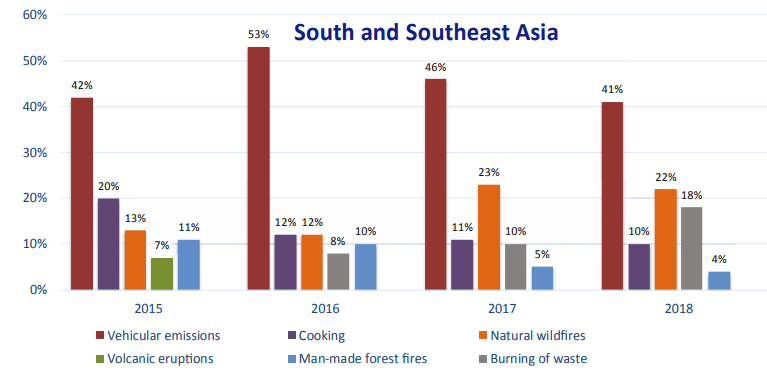
- Poor understanding of the long-term health effects of air pollution – News and social media posts largely mention short-term health impacts such as coughing or itchy eyes, far more than health threats caused by chronic exposure, such as cancer.
- Less contribution from health authorities on improving public awareness on Air Pollution and it’s short- and long-term effects – Influencers on air pollution discourse are diverse, and vary from year to year, but the analysis did not identify public health authorities among leading influencers.
- Less attention on major and important sources of air pollution – The most important sources of pollutants, such as household fuels, power plants and waste burning, receive less public concern than sources such as vehicular emissions.
- General public most of the time focus on short term remedies than long term solutions- Conversations about short-term personal protection such as wearing face masks are much more common than ones on long-term solutions such as bans on trash burning.
- Conversation on air pollution is driven by seasonal variations in air quality – Air pollution is most frequently discussed during a certain period of the year, when air quality is worsened by the winter season and crop burning practices adopted by farmers. This poses a challenge for engaging the public to support effective air pollution control, which requires year-round, sustained measures.
- Emotionally appealing content generates the highest level of engagement – Social media posts and news articles on air pollution that mention children’s health or climate change produce more engagement than others.
Analyzing these and other factors the report put forward a list of recommendations for effective communication to raise awareness of air pollution and promote support for effective clean air measures:
- Messages and campaigns should address the health harms of increased serious illness and death from chronic disease as a result of long-term exposure to air pollution.
- Content should seek to educate the public about the limited effectiveness of short-term exposure prevention measures as compared to long-term, sustained emission control measures.
- Messages and campaigns should highlight the most significant sources of air pollution.
- Governments should be urged to develop comprehensive policies and enforcement for clean air via year-round, ongoing sustained reductions in important air pollution sources.
- Stories and campaigns about air pollution harms and solutions should raise awareness of the relationship to climate change; stories and campaigns about climate change should inform about the linkages to air pollution.
- Stories and campaigns about air pollution and health should include messaging about lasting harm to children’s health.
- Media professionals and organizations should be informed about credible and relevant sources of data on air pollution health effects, sources and solutions.
Air pollution is a leading public health threat, contributing to lung and heart disease, cancer, diabetes and cognitive impairment. According to the World Health Organization, more than 4 million people die every year globally from exposure to outdoor air pollution, with nearly 40 percent of these deaths occurring in South and Southeast Asia.
It’s the responsibility of the governments and other related authorities in the region to take actions and increase the public awareness on air pollution and bridge the gap between public perception and the reality.

